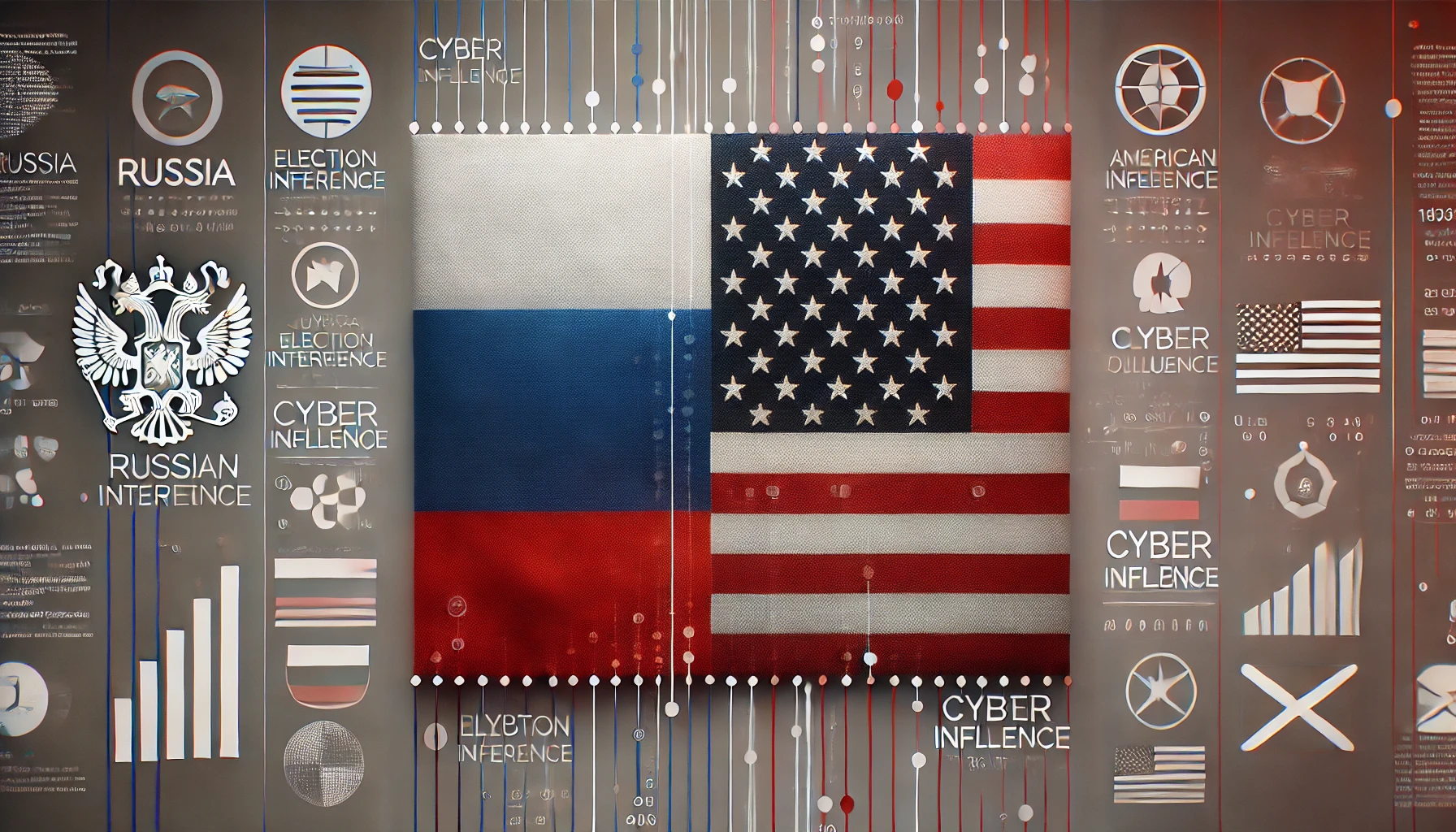The 2016 United States presidential election was one of the most controversial in recent history, not just for its outcome but also for allegations of foreign interference. Multiple investigations and reports have concluded that Russia engaged in activities aimed at influencing the election’s outcome. A key component of this interference was the use of bots and automated systems to amplify misinformation and sow discord among the American electorate.
At Statilize, we have conducted extensive analyses on proxy traffic anomalies and social media activities during the election period. This blog post delves into the role of bots in the 2016 election and shares insights into how we identified unusual patterns that contributed to understanding the scope of interference.
Russian Interference: An Overview
According to reports by U.S. intelligence agencies, including the Office of the Director of National Intelligence (ODNI), Russia orchestrated a multifaceted campaign to influence the 2016 election. This campaign included cyberattacks, leaks of stolen information, and extensive use of social media to spread propaganda and disinformation.
Key Findings from Official Reports
- Cyberattacks on Political Institutions: Russian hackers infiltrated systems of the Democratic National Committee (DNC) and leaked sensitive information.
- Social Media Manipulation: The Internet Research Agency (IRA), a Russian entity, created thousands of fake social media accounts to disseminate divisive content.
- Goal of Undermining Democracy: The primary objective was to undermine public faith in the U.S. democratic process.
The Role of Bots in the Election
Bots played a significant role in amplifying the reach of disinformation campaigns. These automated accounts were used to:
- Spread Misinformation: Share false or misleading news stories.
- Amplify Divisive Content: Promote content that exacerbated social and political divisions.
- Create False Consensus: Make fringe opinions appear more popular than they were.
Impact on Social Media Platforms
- Twitter: An estimated 50,000 Russian-linked bots were active during the election, according to Twitter’s own disclosures.
- Facebook: Fake accounts reached an estimated 126 million Americans with divisive content.
How Statilize Detected Anomalies
At Statilize, we specialize in analyzing social media interactions and detecting inorganic activities. During the 2016 election cycle, our systems identified several unusual patterns that indicated coordinated bot activity.
Anomalies in Proxy Traffic
- Spike in Proxy Usage: We observed a significant increase in proxy server usage originating from regions associated with known bot farms.
- Unusual IP Patterns: Clusters of IP addresses showed synchronized activity, suggesting automated systems.
- Geolocation Discrepancies: Accounts purportedly based in the U.S. were accessing platforms through foreign proxies, indicating possible obfuscation of true origins.
Social Media Activity Analysis
- High-Volume Posting: Certain accounts were posting at a frequency impossible for human users, a clear sign of automation.
- Content Similarity: Bots were sharing identical or nearly identical content simultaneously across multiple platforms.
- Hashtag Hijacking: Coordinated efforts to promote specific hashtags that aligned with divisive or misleading narratives.
Case Study: Twitter Bot Networks
Using our advanced AI algorithms, we mapped out networks of bot accounts that were:
- Interconnected: Bots followed and retweeted each other to amplify messages.
- Time-Zone Irregularities: Posting patterns did not align with typical U.S. user behavior but matched working hours in other regions.
- Language Patterns: While appearing to be native English speakers, subtle linguistic errors suggested non-native authorship.
The Significance of Our Findings
Our detection of these anomalies contributed to the broader understanding of how foreign entities can manipulate social media platforms to influence elections.
- Highlighting Vulnerabilities: Exposed the ease with which bots can infiltrate and impact public discourse.
- Informing Platform Policies: Provided data that could help social media companies strengthen their detection and removal of malicious accounts.
- Supporting Democratic Integrity: Underscored the need for vigilance against foreign interference in democratic processes.
Conclusion
The 2016 U.S. presidential election highlighted the profound impact that coordinated bot activities and foreign interference can have on democratic societies. At Statilize, our commitment is to detect and analyze such anomalies to promote transparency and integrity in digital communications.
By leveraging advanced technologies and continuous monitoring, we aim to safeguard the digital landscape against manipulation, ensuring that information remains authentic and trustworthy.
References
- Office of the Director of National Intelligence (ODNI): Assessing Russian Activities and Intentions in Recent US Elections
- U.S. Senate Select Committee on Intelligence: Russian Active Measures Campaigns and Interference in the 2016 U.S. Election
- Twitter Transparency Reports: Updates on Twitter’s Review of the 2016 U.S. Election



